You may have already remodeled your interior but now it’s time to give your exterior space a little TLC. Curb appeal and landscaping can contribute to making a house feel like a home as much as your design choices inside. With temperatures warming and spring almost in full swing, here are some design trends for 2021.
Gardening
The first trend is gardening, period. More people have been home in the past year than in the past few decades. Gardening can be a great activity to get some fresh air, some sun (vitamin D!), keep the kids busy, relieve anxiety, etc. Take some time to prepare before you get started. Research flowers that are easy to grow and low maintenance over time. Container gardening has also become popular as you can do it in any space, large or small. A beautiful pot can contribute to the design. Some popular plant options are tropical, dwarf fruit and citrus, and small trees and shrubs.
Create a Zen Garden
Create a peaceful place for quiet contemplation. Incorporate soothing colors, mixed stones, and a running water feature to calm you after a stressful day. Add a fire pit so that you can even use your outdoor space on cool evenings.
Incorporate Outdoor Play into the Garden
It is important to get kids outside and away from their phones to help balance their mental health. It is possible to create an activity space that compliments or blends into the garden. Some options to consider adding are a blackboard, sand pit, or balance beams for younger kids. Older kids might enjoy a hammock, swings, or a climbing area. A small pond for pet fish may be a hit with kids as well.
Make the Space Multi-Functional
If you have the space, you can split it into different zones, each with a different purpose to fit your lifestyle. Some considerations, in addition to those mentioned above, include family safety, entertaining friends, connecting to nature, growing your own food, etc.
Enhance Nature
The natural look is popular right now. Rather than annuals or perennials which may take more upkeep, wildflowers and grasses are good alternatives. People are becoming more conscious about taking care of the earth. Look for plants that are nectar rich or pollinators. They attract bees and birds and help protect the environment. You may also want to consider plants that provide food, water, or shelter to other wild animals.
Grow Your Own
The pandemic has changed priorities for many people and one of those has been the desire to become more self-sufficient. For beginners, try planting crops that can produce big yields in a small space. Some examples include herbs, tomatoes, peas, and cucumbers.
Sustainability
In addition to enhancing nature, you can choose drought-tolerant plants and plants that are native to your area. Using mulch can also save water as it keeps the soil temperature more stable and it can also suppress weed growth. Strategically planting larger trees can shade your home and reduce your energy bills. Whatever you decide to plant, use organic methods and find ways to make your own compost to enrich the soil.
Natural Aesthetic
Neutral palettes and a ‘less is more’ design will help you create a peaceful environment. Choose a few specific plants to be the stand-outs. Use a variety of materials and split levels to create different lines of vision. Straight, symmetrical lines are being replaced by curvilinear forms. You want to compliment the flow of nature. Wall claddings in wood, metal, and stone create a beautiful backdrop for whatever you decide to plant.
If you are still on the fence about what design choices are best for you, learning, consulting, and buying online is easier than ever. You can utilize online design services with landscape architects. You can also buy plants online so you get exactly what you want without wasting time searching local stores. Planning ahead is the best way to make your vision become a reality and to create a relaxing, outdoor space that feels like an extension of your home.

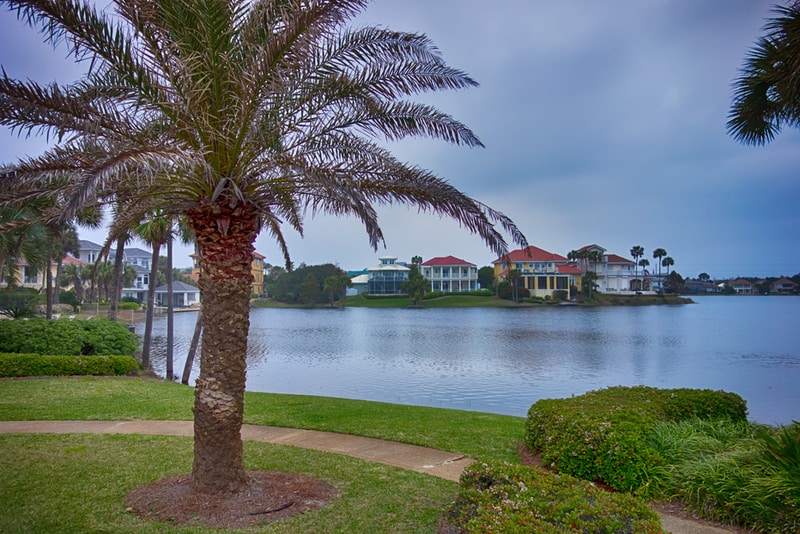
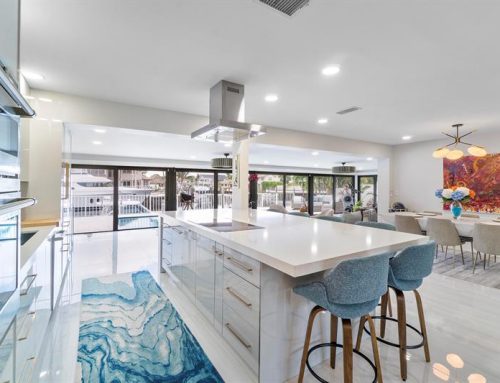
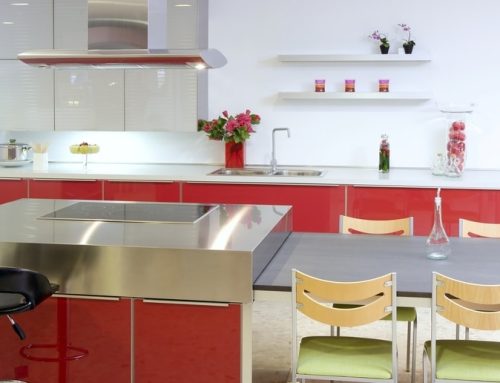
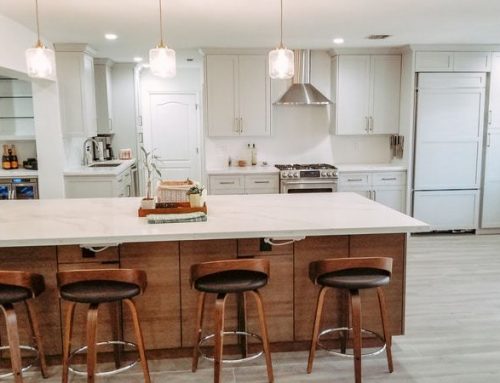
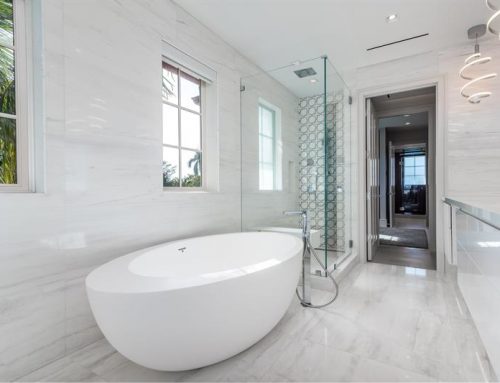
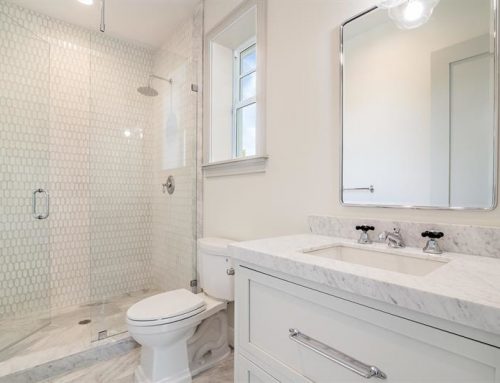
Leave A Comment